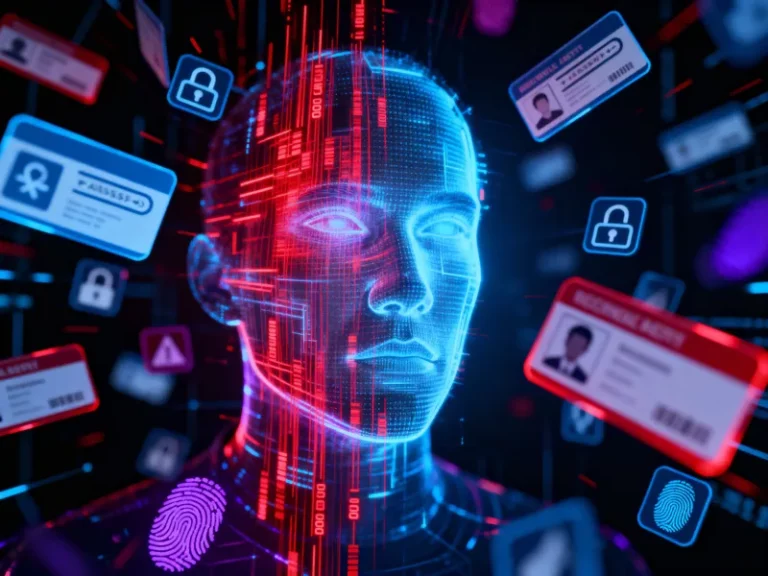Identity theft does not discriminate; it adapts. From teenagers sharing their lives on TikTok to retirees navigating online banking, no generation is immune to the threat. The tactics may differ, but the outcome is the same: stolen data, drained accounts, and fractured trust. In our earlier article, “How Can You Protect Yourself from Identity Theft: Cyber Awareness 2025”, we explored general best practices to stay protected. Now, let’s take a closer look at how identity theft unfolds differently across generations in 2025, and why a one-size-fits-all approach to cyber awareness may not be sufficient.
Gen Z: Oversharing in the Social Media Era
For Gen Z, who has grown up immersed in digital platforms, oversharing remains a critical risk. Birthdays, travel details, and personal updates posted online can provide cybercriminals with enough information to commit social engineering attacks. Many young users also rely heavily on public Wi-Fi for school or freelance work, often without proper security tools like VPNs, making them an easy target for identity theft.
Millennials: The Remote Workforce Challenge
Millennials, who comprise a significant portion of today’s remote and hybrid workforce, face risks associated with work-from-anywhere lifestyles. Using personal devices for professional tasks, storing sensitive data in cloud platforms, and juggling multiple digital accounts expand their attack surface. Weak password practices and the blending of personal and professional digital lives make them particularly susceptible to credential theft.
Gen X: Busy Lives, Limited Monitoring
Gen Xers are often balancing careers, families, and financial responsibilities, leaving little time to actively monitor their accounts. This lack of vigilance can make them slower to detect unauthorized activities. As many in this group manage mortgages, investments, and children’s educational expenses, the financial impact of identity theft can be especially damaging if left unchecked.
Baby Boomers: Prime Targets for Financial Fraud
Older generations, particularly Baby Boomers, are attractive targets for identity thieves due to their accumulated wealth, retirement funds, and tendency to trust traditional communication channels like phone calls and emails. Scammers often impersonate banks, government agencies, or even family members to extract sensitive information. Limited familiarity with modern cybersecurity practices further increases their risk.
Building Generational Awareness for 2025
Identity theft in 2025 is a universal concern, but not all generations face the same threats. Gen Z must learn to limit digital exposure, Millennials need stronger digital hygiene in work-life crossover, Gen X should prioritize regular financial monitoring, and Boomers require ongoing education to spot scams. By tailoring awareness and security strategies to each generation, we can build a stronger collective defense against identity theft.
At Terrabyte, we emphasize not only cybersecurity solutions but also education across all demographics, ensuring that digital trust is protected for every generation.




